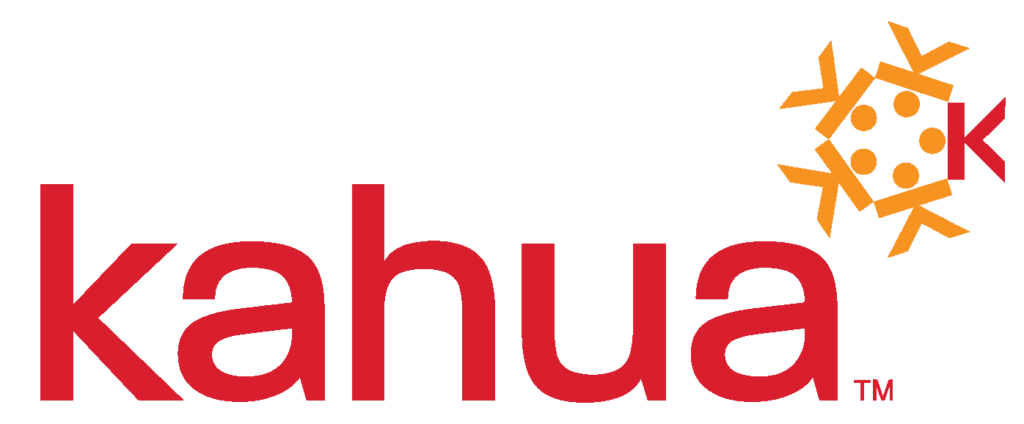Asset Centric Data: Why the Owner Holds the Key to Success
At the turn of the century a new kind of technology was making waves in the construction industry: 3-D models. Quickly following was the phrase “building information modeling,” or BIM, which owners began to require as a part of their design. But this is where the struggle began.
BIM was simply a concept, the idea of generating a digital representation of the physical and functional characteristics of assets. With such a vague definition, the models that owners began to receive came with a mixed results that were often unhelpful. It took the industry time to adapt, for BIM to mature.
And mature it has, as owners have come to be more specific about the asset data they seek. Data that is beneficial in managing their spaces and facilities, allowing them a detailed view of operational performance and costs. Without the data, visibility to success is impaired.
However, this data remains difficult to collect, often requiring a second “project after the project” to develop true as-built conditions for an asset library. Much like the introduction of BIM was a turning point, asset centric data collection represents a similar fundamental change in what owners expect of as-built deliverables. But it took BIM more than a decade to become effective; how can we learn from the past and accelerate asset-centric adoption?
Your Asset Means Your Data
Much like the early days of BIM, today’s owners are helplessly hoping to get what they want out of an asset-centric approach. However, it is actually the owners that must make the first move.
Drawings and specifications are developed to ensure facilities are built to expectations, and similarly, data must also have a specific set of requirements. Without them, this data will not be interoperable with owner systems. That all begins with the system taxonomy, definitions that bridge owner information standards with the AEC standards of their designers and constructors.
When the taxonomy is set, each party throughout the lifecycle of the asset now contributes data in a manner that complies with the owner’s requirements. Whether in design, construction or commissioning, each new piece of data is enabling success for the next contributor by scheduling detailed handovers that provide maximum value. And as the process matures, the data collection is optimized for new product innovations or growth in owner requirements.
Asset centric is not about creating new data, rather it is a foundational step in the way we collect current data. It is the organization of the data people currently crawl around for out in the field to collect. The data that informs the maintenance system is first and foremost.
Collaboration Begins with the End Result
Historically, designers and contractors have collected data through requirements that lead to their own benefit. With direction from the owner and the data taxonomy in place, true collaboration is enabled. Designers begin with the guidance to produce an accurate data foundation for others to build upon. Contractors follow along collecting useful data to round out the totality of the work, each with an understanding of what success looks like for proper data collection.
Kahua provides a resource to receive the information, measure it against the requirements and inform all constituents as to their status. With vertical-specific solutions designed for each stakeholder, project stakeholders aren’t left to deal with a system foreign to their processes. Whether an owner or subcontractor, whether building schools or infrastructure, the Kahua platform allows for a system that is built to your standards and processes while connecting the asset information of all stakeholders.
And once again, as the process matures, there is room for continuous improvement in the collaboration points throughout the owner organization, be it procurement systems, CMMS systems or even BIM for a true digital twin.
Rome Wasn’t Built in a Day
If you try to do it all at once, though, the task can be overwhelming. Many of the systems that owners have come to rely on are legacy products and focused efforts must be undertaken to prepare clear new requirements. Asset centric project management is an iterative process for owners. Establishing requirements and taxonomy is often iterative, starting conservatively with a well-defined goal and straightforward directives.
With initial success, new value can be uncovered, enabling incremental collaboration and integration to strive forward. Each advancement establishes a new benchmark for incremental improvements.
Advancing towards excellence in asset handover may require internal change, for which there will always be resistance. Your people will be focused on “what’s in it for me” first and foremost. Remember that creating a dynamic asset handover is a scalable endeavor, one that is subject to continuous feedback and also continuous improvement.
But First, Start
The first step can be difficult as far as gaining buy-in. Why would we embark on this? Why disrupt operations that are “OK” as they are? While the reasons are many, the one that gets attention will always be the return on investment.
But here is a truly critical concept to understand: Embracing the asset-centric approach by Kahua does not require extra effort. There’s no double data entry. You are set up for success from the very beginning. Sticking to the old ways costs you time, money and opportunities.
Assets are significant investments for owners, providing differentiating capability that must be implemented well to realize the full return. Operating systems play a huge role in both exploiting and measuring the impact of these changes, and if the data is slow to be absorbed or difficult to understand due to interoperability of project management to asset management system, you are losing significant value.
Don’t wait for the mismanagement of a warranty issue or lost time due to a prolonged but preventable outage. Learn from the fundamental shifts of the past to be better positioned to create new patterns for an asset centric future.
Just as placing training wheels on a child’s bike enables them to experience the joy of biking while providing a margin of safety, organizations seeking to become proficient in an asset-centric approach should engage a trusted adviser. Ritehouse has been facilitating this process on complex projects for nearly 10 years. They understand that asset-centric success has widely varying definitions and pathways.
Ritehouse has partnered with Kahua during the past eight years to develop a new, flexible and innovative pathway to establish asset-centric success. Ritehouse has witnessed clients uncovering tremendous value with asset centric proficiency and understands how Kahua has made it easier for more organizations to find the value they need.


